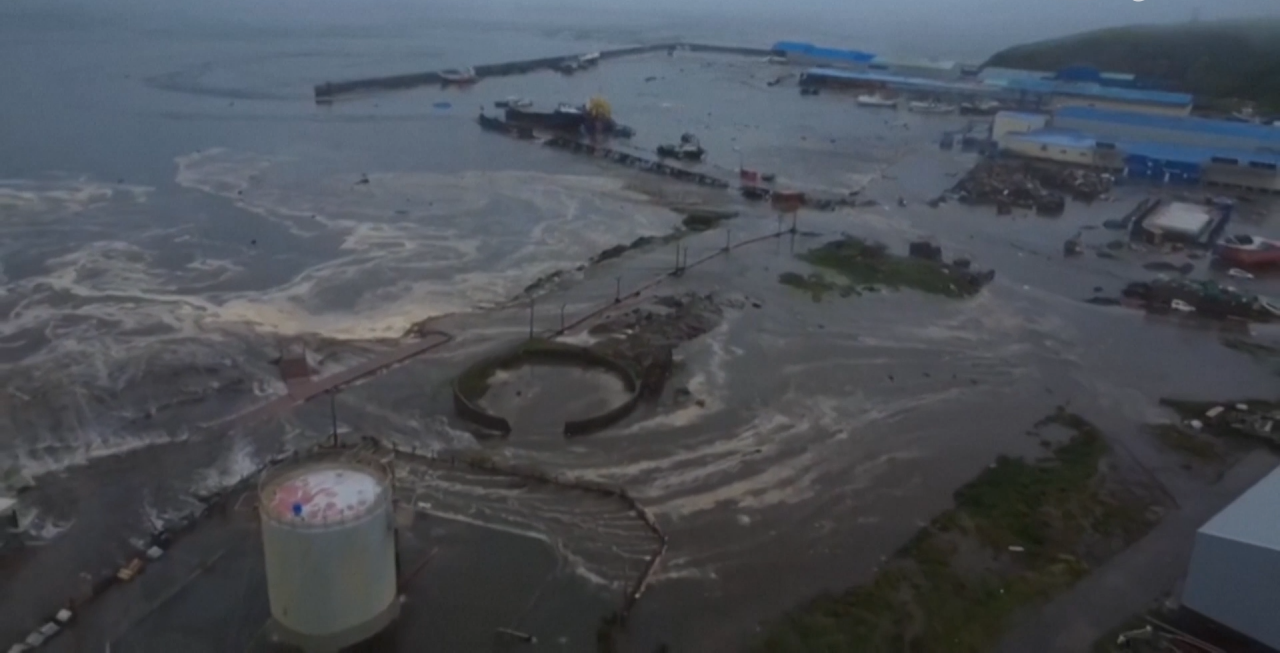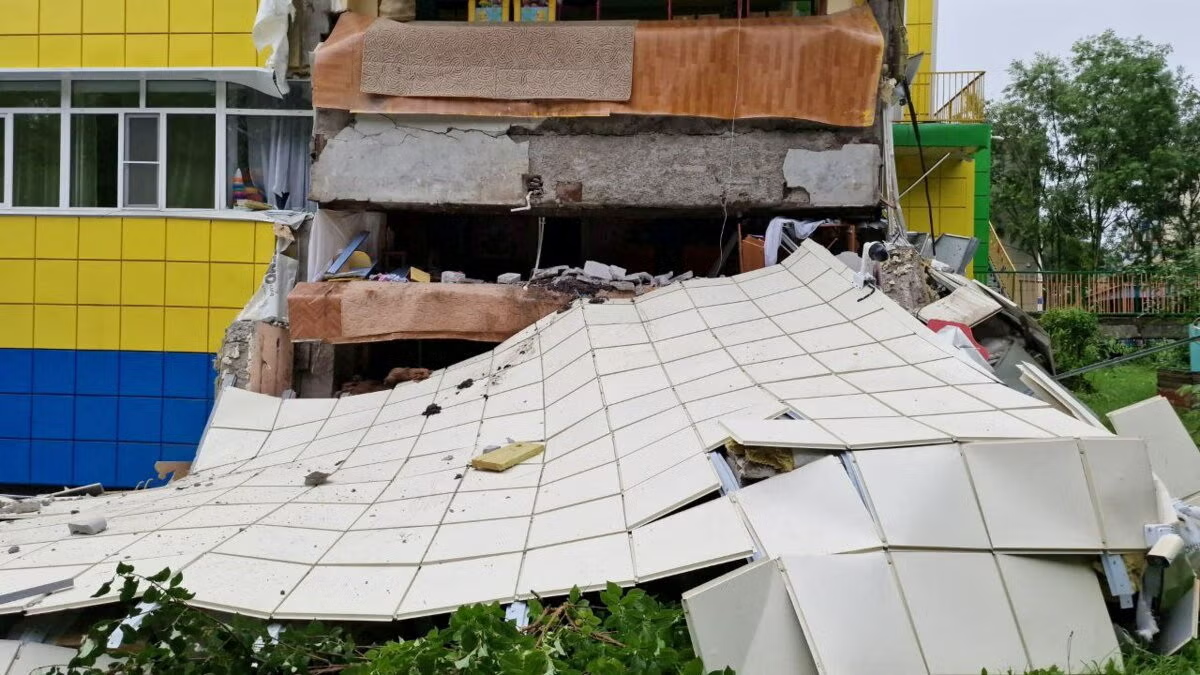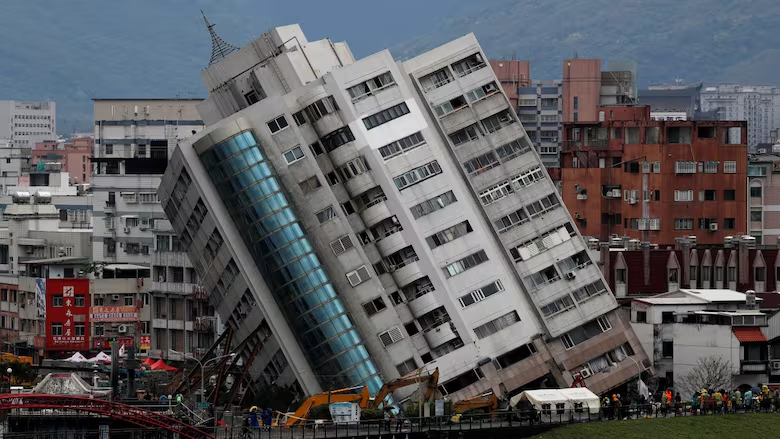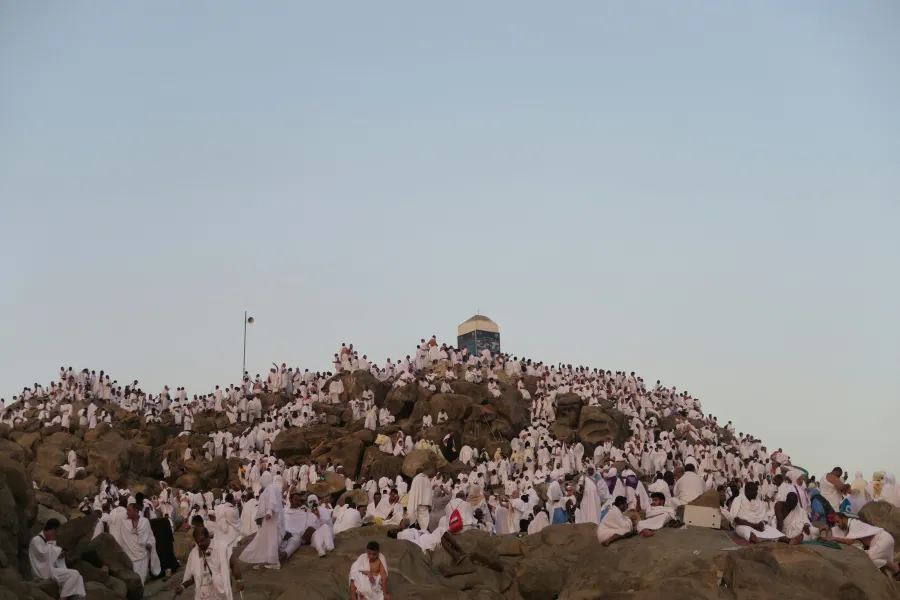On July 30, 2025, a powerful 8.8 magnitude earthquake struck off Russia’s Kamchatka Peninsula, marking one of the strongest quakes recorded worldwide in recent decades.
The epicenter was located at a shallow depth of 19.3 km, approximately 120 km southeast of Petropavlovsk-Kamchatsky, a city of nearly 180,000 residents.

The town of Severo-Kurilsk on the Kuril Islands bore the brunt of the tsunami, with waves ranging from 3 to 5 meters flooding coastal areas, damaging homes and infrastructure, and forcing the evacuation of about 2,000 residents. Authorities declared a state of emergency across the region.
Tsunami alerts were triggered across the Pacific, including in Japan, Hawaii, Alaska, the U.S. West Coast, Chile, Ecuador, Mexico, Peru, and New Zealand.
In Hawaii, waves of about 1.2 meters (4 feet) prompted coastal evacuations before warnings were later downgraded.
In Japan, waves of up to 60 cm reached Hokkaido, where emergency evacuations were enforced but lifted once the risk subsided.
Geological Significance and Historical Context
Scientists described this as the strongest quake in the region since the 1952 Severo-Kurilsk earthquake (≈9.0 magnitude), which generated 18‑meter tsunamis and killed over 2,300 people.
Viral videos showed a surgical team continuing an operation during the tremors, hailed online as “frontline heroes.” Meanwhile, reports emerged of whales stranded along Japan’s coastline, raising global environmental concern.





